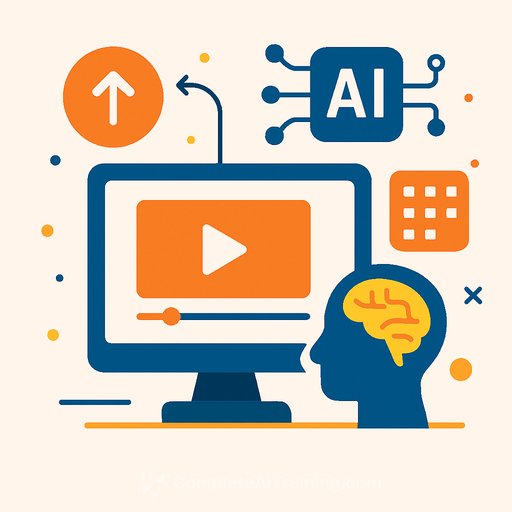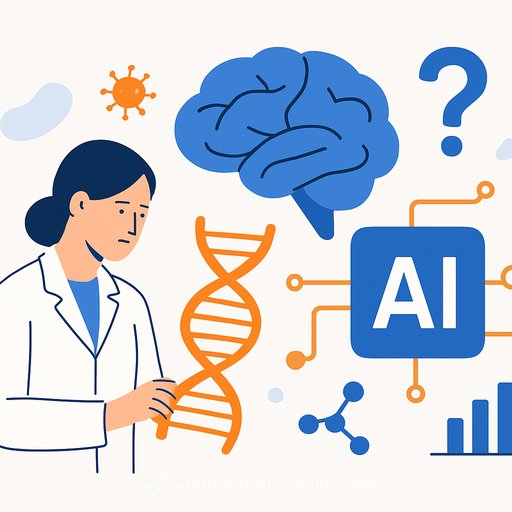CausVid: A New Method for Efficient Video Generation
The CausVid AI tool introduces a hybrid technique combining diffusion models with autoregressive systems to produce stable, high-resolution videos quickly. This approach enables fast, frame-by-frame video creation without sacrificing quality.
Introduction
Traditional diffusion models like OpenAI's SORA and Google's VEO 2 generate entire video sequences simultaneously, resulting in photorealistic clips but with slow processing and limited flexibility for real-time editing. Unlike stop-motion animation, these models handle full sequences rather than individual frames.
Researchers at MIT’s Computer Science and Artificial Intelligence Laboratory (CSAIL) and Adobe Research have developed CausVid, a hybrid system where a full-sequence diffusion model trains an autoregressive system to predict each frame efficiently. This student-teacher dynamic allows videos to be generated in seconds while maintaining consistency and high visual fidelity.
Key Features of CausVid
- Generates video clips from simple text prompts.
- Transforms still photos into motion sequences.
- Extends existing videos with new content mid-generation.
- Reduces a typical 50-step process to just a few actions.
- Supports interactive content creation with quick adjustments.
Examples include transforming a paper airplane into a swan, depicting woolly mammoths in snowy landscapes, or showing a child jumping in a puddle. Users can start with prompts like "generate a man crossing the street" and add follow-ups such as "he writes in his notebook when he gets to the opposite sidewalk."
Applications
CausVid offers practical uses like generating videos synced with translated audio for livestreams, creating content dynamically in video games, and producing training simulations for robotics. Its ability to generate high-quality, consistent video frames rapidly makes it suitable for various research and development tasks.
The model’s strength lies in combining a pre-trained diffusion-based teacher with an autoregressive student architecture, often seen in text generation models. This allows the student to anticipate future frames accurately and minimize rendering errors.
Performance and Results
Many autoregressive models face issues with error accumulation, where quality degrades over longer sequences. For example, a person running might initially look natural, but leg movements become unrealistic as the video progresses. Previous causal approaches struggled with these inconsistencies.
CausVid overcomes this by using the diffusion model to guide the simpler autoregressive system, achieving smooth and stable video generation much faster. In tests creating 10-second, high-resolution videos, CausVid produced clips up to 100 times faster than models like OpenSORA and MovieGen, while maintaining superior quality.
Further evaluation on 30-second videos confirmed its stability and consistency advantages. These results suggest potential for generating stable videos of much longer durations.
Users preferred videos from the student model over those from the diffusion teacher due to faster generation times, despite a slight trade-off in visual diversity. On a large text-to-video dataset, CausVid scored highest overall, particularly excelling in imaging quality and realistic human motion compared to models such as Vchitect and Gen-3.
Future Prospects
CausVid points toward faster video generation with smaller causal architectures, potentially enabling near-instant creation. Training on domain-specific datasets could improve performance for robotics, gaming, and other specialized fields.
Experts note that diffusion models are typically slower than large language models or generative image models. CausVid’s approach addresses this limitation, enabling more efficient video generation with applications in interactive media and reduced computational costs.
Support for this research came from organizations including the Amazon Science Hub, Gwangju Institute of Science and Technology, Adobe, Google, and the U.S. Air Force Research Laboratory. The work will be presented at the upcoming Conference on Computer Vision and Pattern Recognition in June.
For those interested in expanding skills in AI and video generation, Complete AI Training offers courses and resources covering the latest advancements in generative AI.
Your membership also unlocks:






